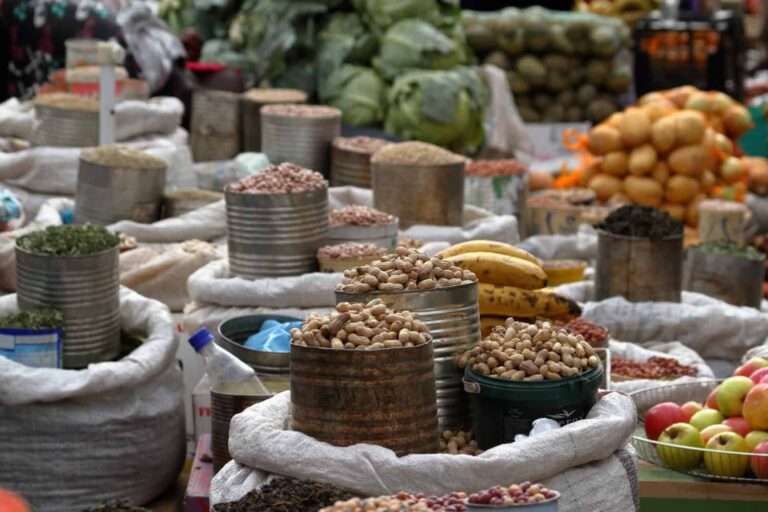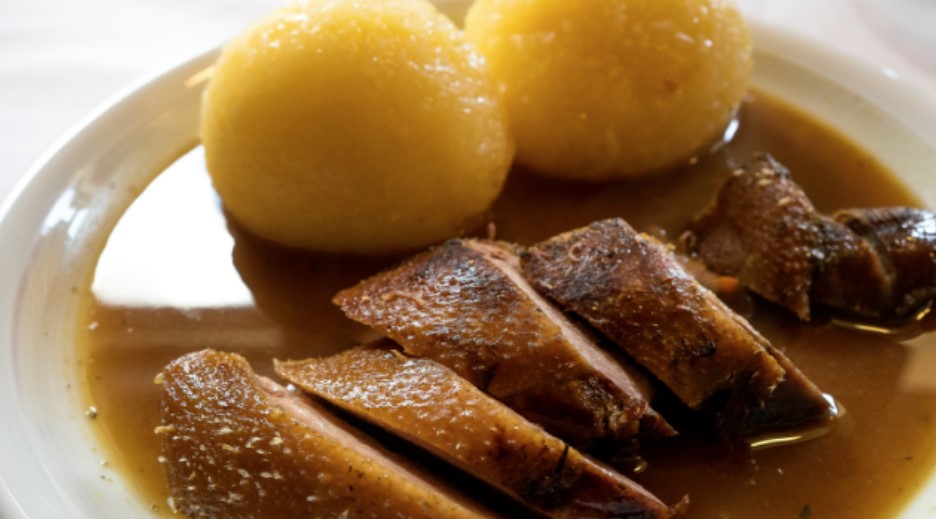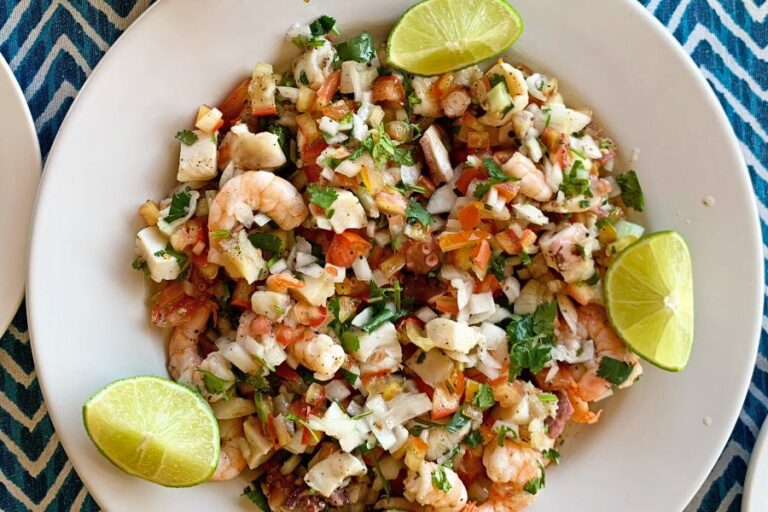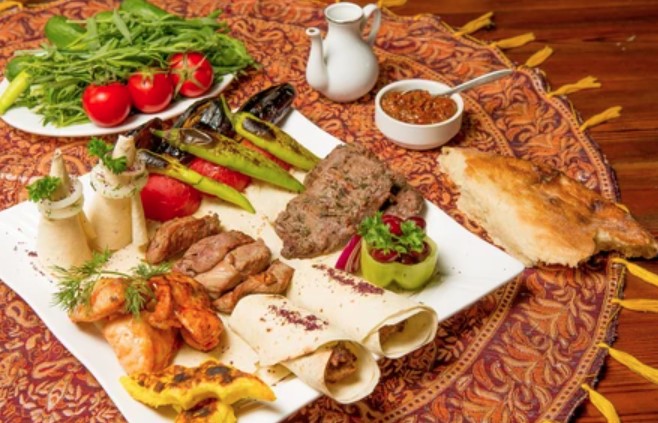Introduction: Zimbabwe’s Culinary Diversity
Zimbabwe’s culinary scene is as diverse as its people and culture. The country’s cuisine reflects its rich history and geography, with influences from various ethnic groups and neighboring countries. Zimbabwe’s traditional dishes are characterized by the use of local ingredients such as maize, sorghum, beans, and a variety of vegetables. In addition, the country’s cuisine has been influenced by European, Indian, and Chinese cuisines, resulting in a unique fusion of flavors.
Northern Zimbabwe: A Haven of Hearty Dishes
Northern Zimbabwe is known for its hearty and filling dishes, which are ideal for the cold and dry climate of the region. One of the signature dishes of this region is sadza, a thick maize porridge that is often served with a variety of relishes such as stewed meats, vegetables, and beans. Other popular dishes include muboora (pumpkin leaves), dried fish, and roasted peanuts. In addition, the region is famous for its game meats such as crocodile, impala, and kudu.
Eastern Zimbabwe: A Land of Spices and Flavors
Eastern Zimbabwe is a region of spices and flavors, with a cuisine that is heavily influenced by the neighboring country of Mozambique. This region is known for its rich curries and stews, which are made with a variety of spices such as coriander, cumin, and turmeric. One of the signature dishes of this region is matemba, a spicy fish dish that is often served with rice or sadza. Other popular dishes include chicken curry, prawn curry, and beef stew.
Western Zimbabwe: A Fusion of Local and Colonial Cuisines
The western region of Zimbabwe is a fusion of local and colonial cuisines, with a cuisine that is influenced by the country’s history of colonization. This region is known for its meat dishes, particularly beef, which is often grilled or roasted. One of the signature dishes of this region is boerewors, a spicy sausage that is similar to the South African version. Other popular dishes include meat pies, fish and chips, and biltong (dried meat).
Southern Zimbabwe: A Meat Lover’s Paradise
Southern Zimbabwe is a meat lover’s paradise, with a cuisine that is heavily influenced by the country’s ranching and hunting traditions. This region is known for its grilled meats, particularly beef, which is often marinated and cooked over an open flame. One of the signature dishes of this region is braaivleis, a barbecue that is often served with corn on the cob, roasted potatoes, and salad. Other popular dishes include game meats such as ostrich, warthog, and buffalo.
Conclusion: Zimbabwe’s Cuisine is as Diverse as its People
In conclusion, Zimbabwe’s culinary diversity is a reflection of the country’s rich history and geography. From hearty dishes in the north to spicy curries in the east, and grilled meats in the south, Zimbabwe’s cuisine is a fusion of flavors and influences. Whether you’re a meat lover or a vegetarian, there’s something for everyone in Zimbabwe’s diverse culinary scene. So, the next time you visit Zimbabwe, be sure to try the local dishes and experience the unique flavors of this beautiful country.










